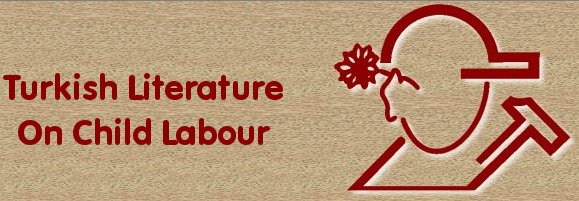Title of the Study: Turkey, Working Street Children in Three Metropolitan Cities: A Rapid Assessment
Type of the Study: Research –Evaluation Report (The study has been conducted within the scope of the ILO-IPEC Programme
Authors of the Study: Dr. Bahattin Akşit
Dr. Nuray Karancı
Dr. Ayşe Gündüz Hoşgör
Presentation,
Year/Place of Publication: November 2001, Geneva
Language of the Study: English
Number of Pages: 99
Purpose: The purpose of this study is to determine the jobs made by street children in Adana, Diyarbakır and İstanbul, revealing the living and working conditions and family socio-demographic characteristics of these children, examination of the look of children and families on the issues of working on the street and education, and studying the perspectives and attitudes of specialists from various institutes and customers.
Content: The study comprises 6 parts. The first part gives the purpose, scope and methodology of the study. Part 2 gives the demographical, education and socio-economic profiles of 3 cities. Part 3 discusses the legal and organizational aspects of the topic. Part 4 draws a profile of children working in the streets. Types of works done by children, their working hours, monies earned, conditions, living conditions, educational status, perspectives of police, people and customers, future expectations and dreams of children are discussed. And part 5 describes the families of children working in the streets, and their profiles are given with regard to their socio-economic, socio-demographic, and migration histories and families’ perspectives on working on the streets are probed into. Part 6 is the conclusion section.
Method: ILO-UNICEF’s ‘Rapid Assessment Methodology’ method has been implemented. 4 types of data gathering techniques were used to illustrate the family situations, working conditions, schooling and general attitudes of working children : (1) Semi-planned interviews made in these 3 cities with 188 working children and 65 parents. (2) In-depth focus group interviews with relevant organizations and customers, (3) observations about the working areas and living quarters of children. (4) review of literature about children working in the streets
Excerpt: Attitudes of sellers against these children have similarities with that of customers. Some of them know them very well because they encounter every day and help them in certain things. However, because the owners of some expensive product shops see them as threat for themselves and for their customers, they don’t want them to be nearby. (p.56)
Some keywords: child workers, migration, children working on the streets, socio-demographic level, socio-economic level
